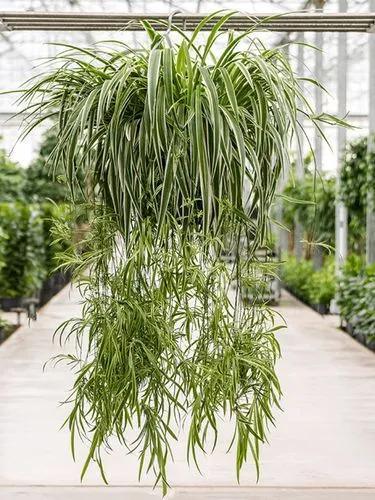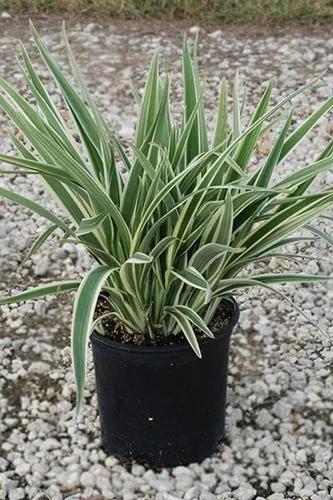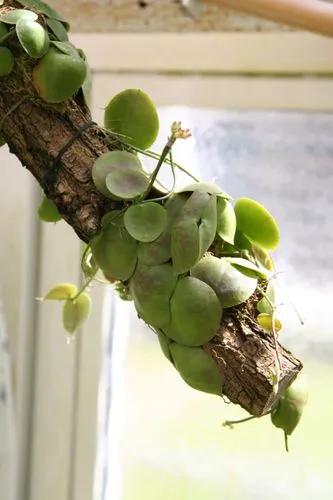‘Stingray’ is the elephant’s ear to acquire if you’re after one-of-a-kind foliage. Like all Alocasia , the leaves of ‘Stingray’ point upward and outward, which show off its ribbed, leathery, emerald green surface. The whiptail conclusion of its inward-curving edges earns ‘Stingray’ its name as this shape resembles the marine animal. ‘Stingray’ unfurls new leaves quickly as long as it’s given ample moisture and sun.
Elephant Ear 'stingray' Care
Alocasia Macrorrhiza 'stingray'



It can be invasive along the Gulf Coast.
How to Care for the Plant

Water

Like most elephant's ears, "Stingray" prefers regular moisture and high humidity, and can thrive outdoors in a well-drained spot near a pond or stream. During dry spells, give the plant extra water, aiming for at least 1 inch per week, including rain. Add several inches of mulch under the plant's canopy to help conserve soil moisture and keep down weeds, but keep the mulch several inches back from the plant's base to discourage fungal growth.

Fertilizer

To help establish your new Stingray Alocasia, fertilize sparingly at least 6 inches away from the base, tri-annually with a slow time released product. Unfertilized they will tend to grow very slowly. Note: The heavy salts in cheaper fertilizers will damage the roots and possibly kill the plant.

Sunlight

If you're growing "Stingray" outdoors in a pot, protect it from too much sun (which could scorch its leaves) on hot summer days by moving the container into a partially shaded area, such as under tall trees. Keep an indoor-grown plant in a spot that gets filtered light, such as near a lightly curtained south- or west-facing window.

Soil

Stingray Alocasias enjoy well drained but moist, rich organic mix. Remember try to stay away from wet, mucky or dry, sandy soils.

Temperature

Needs to be kept warm, ideally between 18-22°C.

Container

Alocasia grow very well in patio and indoor containers. Allow enough room for growth generally a 10″ to a 20″ diameter, 10″ deep container will suffice to get started. Remember the looser the roots, the taller and healthier your plant will be. When the plant becomes root bound its growth will slow, at that point it is time for a larger pot

Additional

These plants are harmful if eaten and are a skin and eye irritant. Keep out of reach of children and animals.

Popularity

136 people already have this plant 52 people have added this plant to their wishlists
Discover more plants with the list below
Popular articles






